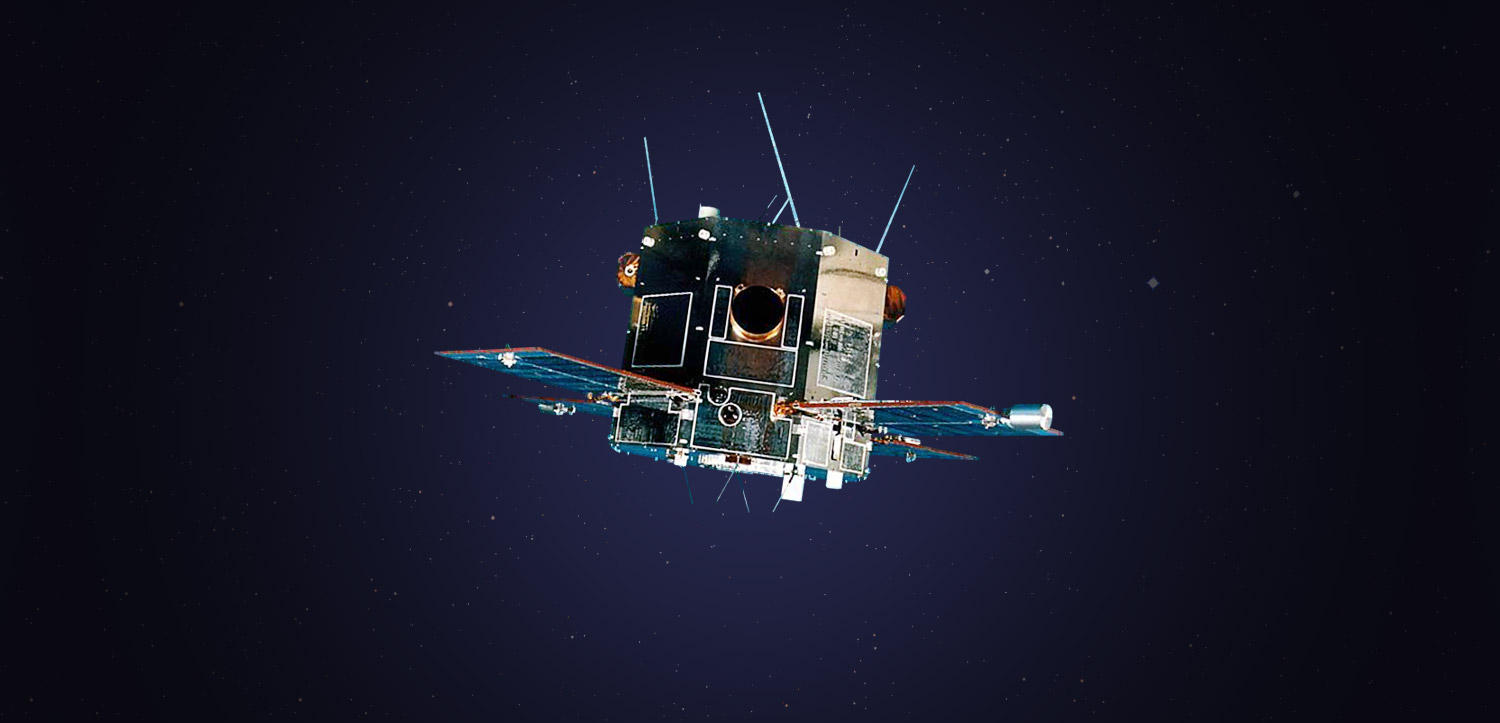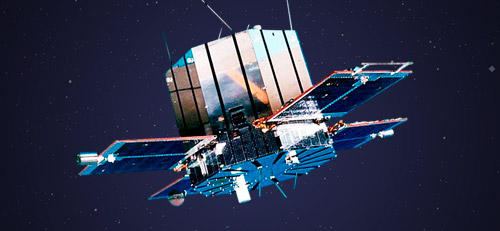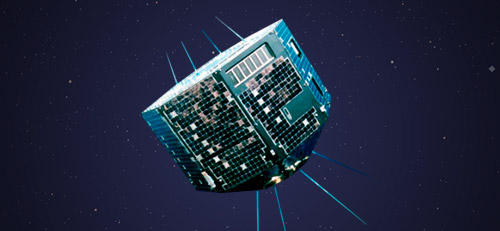| Name (pre-launch in parentheses) | TANSEI-4 (MS-T4) |
|---|---|
| International Designation code | 1980-015A |
| Objectives | Performance test of M-3S rocket, and experiments of future satellite-control systems including automatic control of spin-axis solar-offset orientation by magnetic force and attitude control by fly wheels. |
| Launch Date | 09:40, February 17, 1980 (JST) |
| Launch Location | Kagoshima Space Center (Uchinoura) |
| Launch Vehicle | M-3S-1 |
| Weight | 185kg |
| Shape | Eight square pillar, 928mm diameter, 850mm high Four solar-array paddles |
| Orbital Altitude | Perigee 521 km, Apogee 606 km |
| Orbital Inclination | 39° |
| Type of orbit | Near-circular |
| Orbital Period | 96 min |
| Scientific Instruments | 1.Solar-array paddles 2.S band telemetry 3.Sun sensor 4.Geomagnetic sensor 5.Bragg spectrometer 6.Ampere integrator 7.Magnetic valve recorder |
| End of Operation | May 13, 1983 |
| Reentered Date | May 13, 1983 |
| Operation | In its first orbit around the earth, the yo-yo despinner was activated to reduce spin from 2.1 rps to 18 rpm and the solar-array paddles were deployed. A variety of engineering experiments were then conducted including: magnetic attitude control; wheel attitude control; tracking by laser reflector; tracking by radar transponder; spin-up by MPD arc jet; and recording and replay of magnetic valve data recorder. TANSEI-4 also observed solar flares with the solar Bragg X-ray spectrometer. In addition, we obtained good results on experiments using star mapper and S-band telemetry, performance evaluation of a new type of solar battery, performance evaluation of material for thermal control, and testing the AH integrator to manage the power system. |



